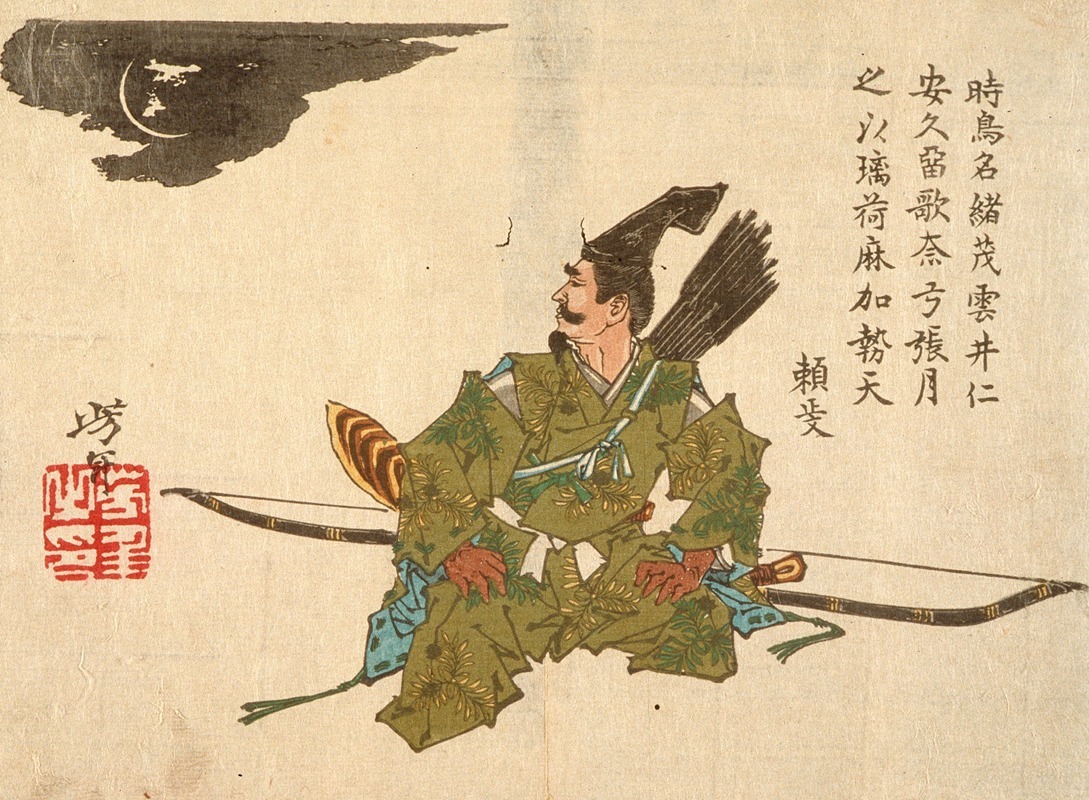
Yorimasa Awaiting the Nue
A hand-painted replica of Tsukioka Yoshitoshi’s masterpiece Yorimasa Awaiting the Nue, meticulously crafted by professional artists to capture the true essence of the original. Each piece is created with museum-quality canvas and rare mineral pigments, carefully painted by experienced artists with delicate brushstrokes and rich, layered colors to perfectly recreate the texture of the original artwork. Unlike machine-printed reproductions, this hand-painted version brings the painting to life, infused with the artist’s emotions and skill in every stroke. Whether for personal collection or home decoration, it instantly elevates the artistic atmosphere of any space.
Tsukioka Yoshitoshi (1839–1892) was a renowned Japanese artist known for his work in the ukiyo-e genre, a style of woodblock prints and paintings that flourished in Japan from the 17th through 19th centuries. One of his notable works is "Yorimasa Awaiting the Nue," which is part of his series "New Forms of Thirty-Six Ghosts" (Shinkei Sanjūrokkaisen), created between 1889 and 1892. This series is celebrated for its imaginative and dramatic depictions of supernatural themes and historical legends.
"Yorimasa Awaiting the Nue" illustrates a scene from a famous Japanese legend involving the samurai Minamoto no Yorimasa and a mythical creature known as the nue. According to the tale, during the reign of Emperor Konoe in the 12th century, a strange creature began appearing at the imperial palace, causing great distress and fear. This creature, the nue, was said to have the head of a monkey, the body of a raccoon dog, the legs of a tiger, and the front half of a snake for a tail. Its eerie cries and presence brought illness to the emperor, prompting the need for a hero to rid the palace of this menace.
Minamoto no Yorimasa, a skilled archer and respected samurai, was called upon to deal with the nue. In Yoshitoshi's depiction, Yorimasa is shown in a moment of tense anticipation, poised with his bow and arrow, ready to confront the creature. The artwork captures the drama and suspense of the legend, emphasizing Yorimasa's bravery and determination. Yoshitoshi's use of vivid colors and dynamic composition enhances the intensity of the scene, drawing viewers into the legendary narrative.
Yoshitoshi's "New Forms of Thirty-Six Ghosts" series, including "Yorimasa Awaiting the Nue," reflects his fascination with the supernatural and his ability to blend traditional Japanese themes with innovative artistic techniques. This series was created during the Meiji period, a time of significant cultural and social change in Japan, when Western influences were increasingly merging with traditional Japanese art forms. Yoshitoshi's work is often seen as a bridge between these two worlds, maintaining the essence of ukiyo-e while incorporating new ideas and styles.
"Yorimasa Awaiting the Nue" is a testament to Yoshitoshi's mastery of storytelling through art. His ability to convey complex emotions and narratives within a single image is a hallmark of his work. The piece not only showcases his technical skill but also his deep understanding of Japanese folklore and history. Today, Yoshitoshi is celebrated as one of the last great masters of ukiyo-e, and his works continue to be studied and admired for their artistic and cultural significance.
In summary, "Yorimasa Awaiting the Nue" by Tsukioka Yoshitoshi is a compelling representation of a legendary Japanese tale, brought to life through the artist's exceptional skill and creativity. It remains an important piece within the ukiyo-e tradition, reflecting both the historical context of its creation and the timeless appeal of myth and legend in art.







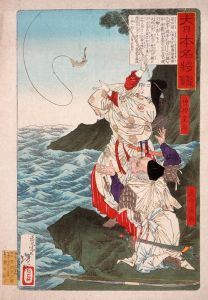
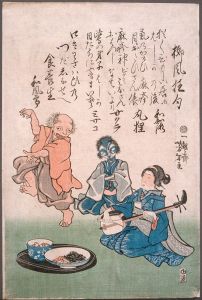
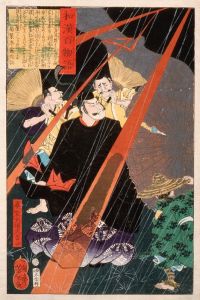
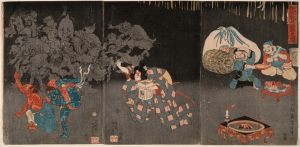
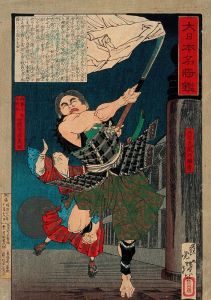




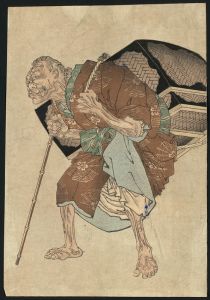
![Musha]taira no tomomori](/imgs/225657/s/tsukioka-yoshitoshi-mushataira-no-tomomori-bb591b96.jpg)
